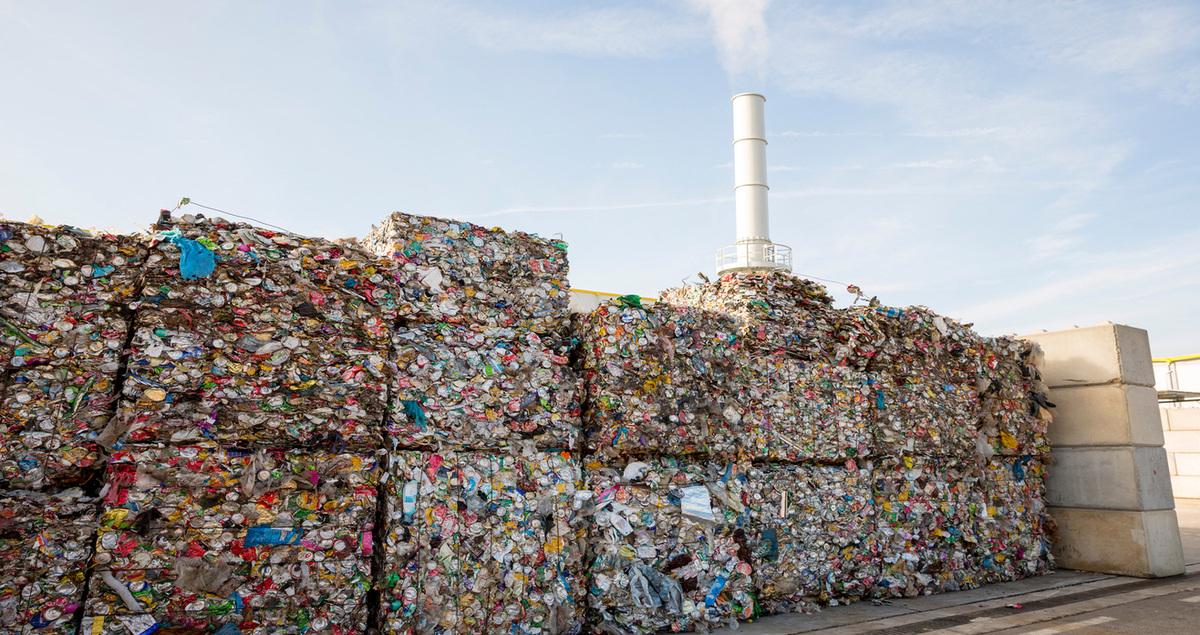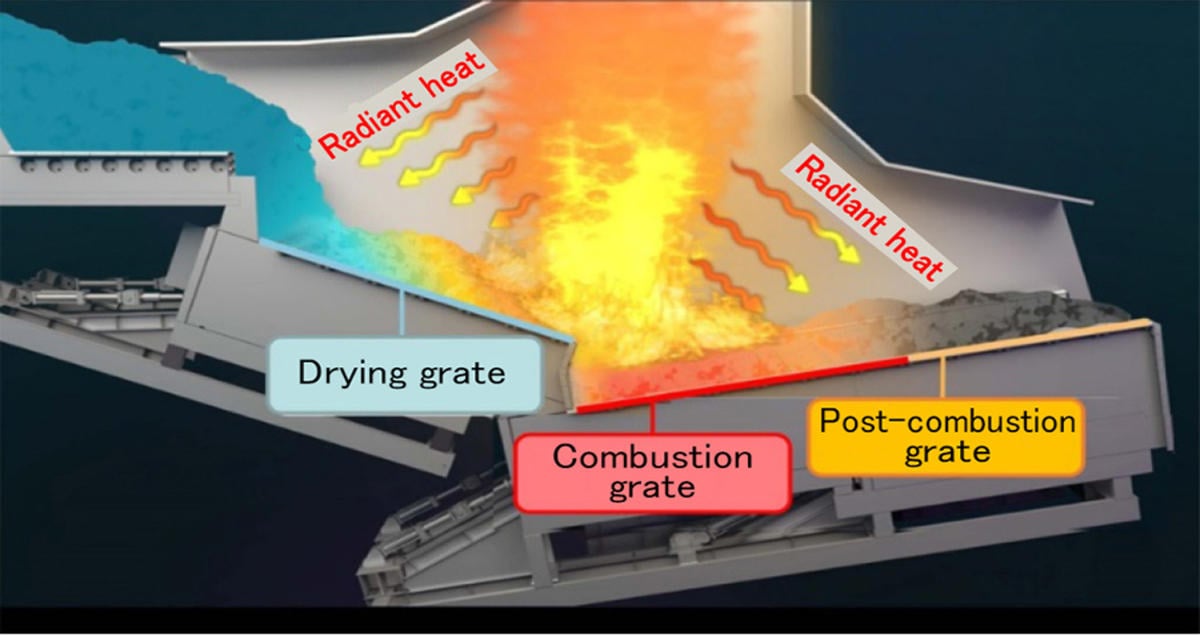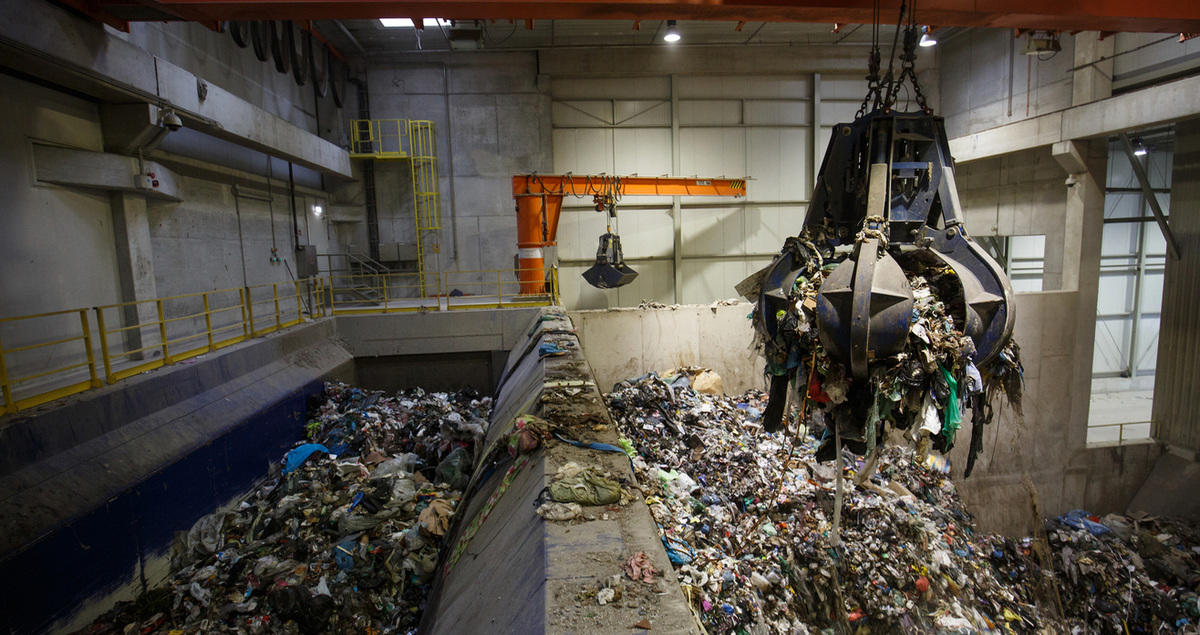The incinerator giving waste-to-energy plants a green future

When you think of renewable energy, piles of household waste about to be incinerated may not be the first thing that springs to mind.
But waste-to-energy plants represent a key renewable energy source for several countries. Heat recovered from a waste-to-energy plant’s combustion process can be harnessed and used to generate electricity. So how do waste-to-energy plants work, and how could a V-type stoker design help boost both plant efficiency and wider sustainability goals?
The role of incinerators
Waste-to-energy plants are fueled with non-recyclable household waste that would otherwise end up in landfill, which is combusted in incinerators. Municipal solid waste — otherwise known as trash — is usually a mixture of household wood, paper, plastic or organic waste, but could include commercial and industrial waste too.
While there are several different types of waste plants, they generally operate along the same principles.
Vehicles transport waste to the plant, which is then dumped into a combustion chamber and burned, releasing heat that turns water into steam in a boiler. The steam turns the blades of a turbine generator to produce electricity, while air pollution control systems remove pollutants.
Inert ash, or “bottom ash”, is collected in both the boiler and the air pollution control system and reprocessed, often for use in the construction industry.
The incinerator forms the heart of a waste-to-energy plant, and technological developments are making incinerators more efficient and cleaner, accelerating the decarbonization process.

State-of-the-art stokers
One advance is the V-type stoker waste incinerator system developed by Mitsubishi Heavy Industries Environmental & Chemical Engineering Company (MHIEC), which is currently operating at a waste plant in Xiaogan City, Hubei Province, China.
This cutting-edge design increases combustion efficiency, allowing the incinerator to receive radiant heat as waste is combusted and reducing the proportion of residual waste in the ash left behind after incineration.
With a conventional stoker, movable grates create an incline against the direction the trash is moving. This helps with the agitation and allows for more complete combustion in a smaller area.
The new design’s V-type structure adds an additional grate to accelerate the drying process, easing the environmental impact of combustion and earning it the METI Minister’s Award at Japan’s 48th Outstanding Environmental Systems Awards.
Optimizing the system's shape and structure reduces the overall width of the stoker, so the unit can be installed in smaller sites, while its modular design makes it easy to scale.

The future is circular
Innovations like this are a key part of current and future efforts to embrace net zero emissions as the energy sector transitions to cleaner solutions.
Separately, waste could also be used as a reliable feedstock for biofuels. Waste-based biofuels could help boost current limited supplies of low-carbon transportation fuels and provide drop-in alternatives to fossil fuels like diesel and gasoline.
Currently, only around 3% of the 100 million barrels a day of global liquid fuel demand is met with biofuels, but new technologies that facilitate waste-biofuel production could supply an additional 20 million barrels a day by 2050, according to Wood Mackenzie.
IEA highlights the need for more organic waste streams in its Net Zero by 2050 Scenario. This includes a requirement that nearly half of the world’s annual bioenergy supply should be met with biofuels from waste and residue resources by 2030, while phasing out less desirable bioenergy sources such as solid biomass for cooking and conventional food-based biofuels.
Meanwhile, even more basic technologies that improve the efficiency of waste-to-energy solutions can play their part in making use of waste resources that would otherwise end up in landfill, helping to generate low-cost, low-carbon, local energy that reduces dependence on fossil fuels.
Discover more aboutMHI’s award winning V-type stoker system





